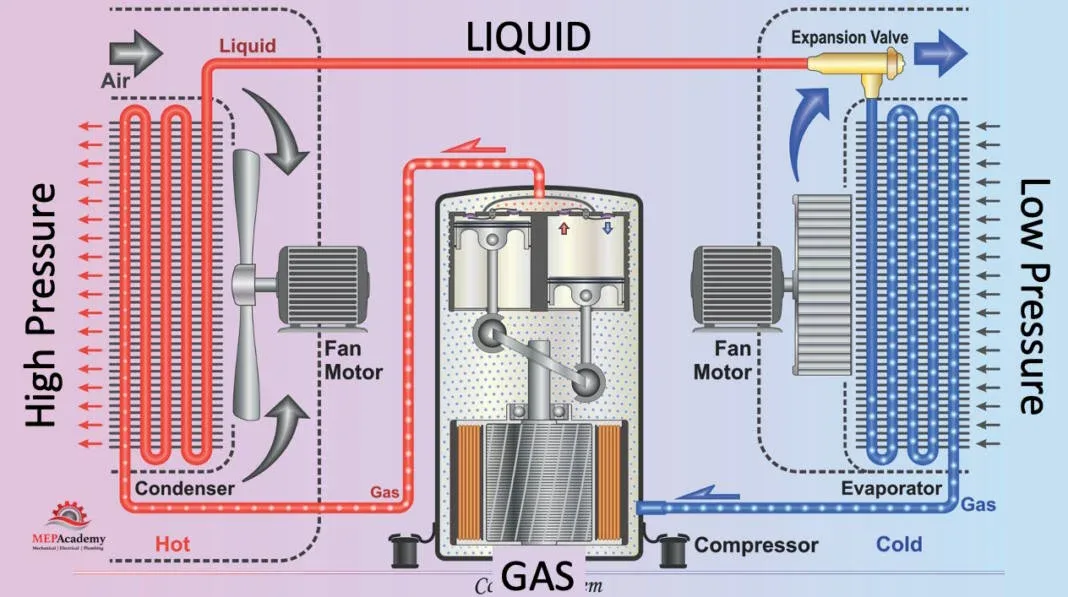
If you want to move an air conditioner, chances are you’re retarded. if not then I think you should get a second opinion.
WHY MOVE AN AIR CONDITIONER?
THERE’S FAR MORE INTERESTING THINGS TO DO… JUST LEAVE IT ALONE
DON’T MOVE YOUR AIR CON


So, you want to move an air conditioner? I have only one word for you. Don’t. There. No need to read the rest of the page unless your only other task for the day is mowing the lawn or taking the wife shopping. Then by all means stay and fluff about online as long as you can, hopefully she will get bored of waiting and leave without you. Then you’ll have a whole afternoon in which to get up to mischief.
Why would you want to move an air conditioner anyway? Sometimes people want them lifted so they can pave underneath, maybe they have seen my work on other pages, looked at their own miserable specimen sitting on the concrete and thought ‘whoever dun that did a really shit job. I think I’ll call Simon to fix it up’. Stop right there. I’m not coming. Lots of reasons, but first and foremost is – you’re wasting your money.

IT’S NEVER A GOOD IDEA TO MOVE AN AIR CONDITIONER
Moving an air conditioner is a total waste of time and money because :
Split system air conditioners are designed to be installed once. They do not like being moved, even a little. Just disconnect the thing once and you have significantly shortened its lifespan. Why? The answer is in the whole thermodynamic principals of refrigeration. The cycles was explained best I think here :
The refrigeration cycle begins when the refrigerant, in its low-pressure gaseous form, enters the compressor. The compressor, which is typically located in the outdoor unit, pressurizes the gas. This process increases the temperature and energy of the molecules within the refrigerant.
Once compressed, the high-pressure, high-temperature gas flows through the condenser coils. Here, the gas releases its heat to the outside air, facilitated by the condenser fan. As it loses heat, the refrigerant changes phase from a gas to a liquid, though it remains under high pressure. This liquid refrigerant then travels through a conduit into the evaporator coil located in the indoor unit. Before it enters the evaporator, it must pass through an expansion valve, which reduces its pressure. The sudden drop in pressure causes the liquid to cool rapidly. It’s this cool liquid refrigerant that enters the evaporator coil.
Inside the evaporator, the cold refrigerant absorbs heat from the indoor air that is blown across the evaporator coil by a fan. As the refrigerant absorbs heat, it changes from a liquid to a gas. This phase change is what cools the air: as the refrigerant evaporates, it extracts heat from the surrounding air, thereby lowering the air temperature. The resulting cooler air is then circulated back into the room.
The refrigerant, now a low-pressure gas once again, returns to the compressor, and the cycle repeats. This cyclical process of moving heat from inside to outside is the basic operation of all split system air conditioners.
JUST LEAVE IT ALONE
Sounds pretty bloody complicated but it is. And that’s why you needed to understand the process a little. When we move an air conditioner, almost invariably we get a call from that person soon after. Sometimes its only a few days. ‘That air con doesn’t seem to be as good as it once was’ So we go out and check we did our bit right. Puzzle over it fort a couple hours and go home. Way back in the early days I would call up Robbo my air con teacher and say ‘wtf is going on here?’ He would explain that we shouldn’t move an air con because this is what happens. So I called Tony, then Trev. All the guys I learned the trade off and they said the same thing. Although Tony would call me a dumb f*** as well. He usually started drinking about ten. In the morning that is.
YOU CAN DISCONNECT AN AIR CON, BUT EVEN THEN ITS CACTUS
None of them could satisfactorily answer the question as to why, but they all knew it was just a thing. Moving an air con was a death sentence for that appliance. You may get a month, possibly a year, but usually somewhere in between. And that’s if it performs at its normal rate.
Between us, we came to the conclusion that the constant changes of gas, pressure, state and charge mean that any contaminates entering the system have a profound impact on the process. Our air is filled with all sorts of floaties that we don’t notice. Your air con comes as a sealed unit, with a very precise amount of refrigerant gas, and it remains sealed even as we install it. Once all the pipes are connected, after running the vac, we release the charge. The gas inside is at such high pressure that it forces out any remaining air in the system.
When we disconnect and move that system, all sorts of nasties find their way in.. Smog, smoke, dust, pollen, fart, sometimes even a wombat. Once he gets in, it’s game over.
There’s a moral to this story somewhere. Don’t let the wombat navigate. You’ll end up lost in an air conditioning system and he’s had the map upside down all along. Yeah. That and don’t move your air conditioner. If you still want to – call someone else. It will be their problem when it blows up.























